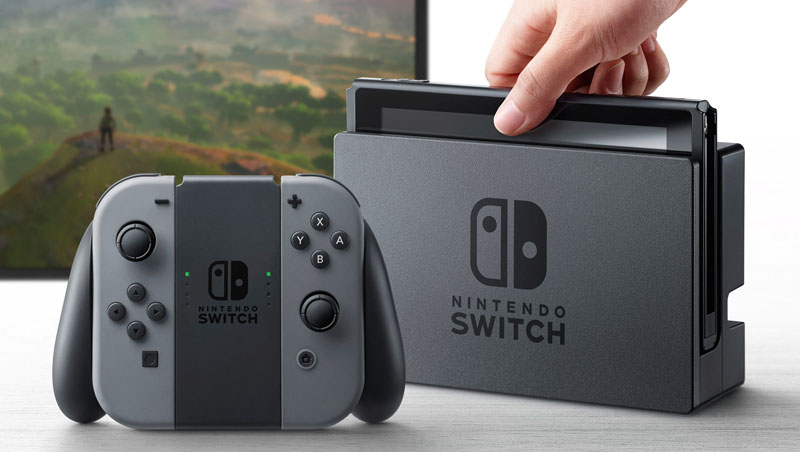
Back in the day, Nintendo was the company that paved the way for the modern console landscape, but a lot has changed since then. The company has struggled due to competition and has begun trying out wonderful and weird ideas with every new hardware release. It is trying something new with every introduction and it has continued the trend with its latest console in the form of Nintendo Switch. The idea here is to provide a piece of hardware that can perform the function of both handheld and console, which allows you to transition seamlessly from playing games in the comfort of your home or during commute.
The idea is undeniably unique and it is one that makes more sense than the premise of the Wii and Wii U. Both these consoles had relied on the developers finding uses for them and this hadn’t worked out well. On the other hand, the central premise of the Switch is something that can work for every game. After all, who hasn’t wanted a console they can carry around and take advantage of a full home gaming experience on the go. The console succeeds in delivering its promises for the most part. It is a premium-feeling and solid handheld and works almost in the same way as you would expect a home console to do so.
Sure, it is not perfect and a few problems are to be expected, but the fact that it is a console trying to do several things at the same time definitely takes weight. It manages to make a good compromise in staying true to its dual personalities. Apart from the console’s main body, the box of the Switch contains two detachable controller sides. You can combine these controller portions to form a more traditional gamepad by using a grip provided. You can also attack two straps to these controller sides for transforming them into two separate controllers. There is also a dock provided that can be used for plugging the console into your television.
There is an HDMI cable to connect the console to your TV and a USB Type-C power cable. Yes, this does mean that there are a lot of accessories and you may end up losing a few. The handheld mode is not very different from the one you find in PlayStation Vita. You have to attach the two controller portions to the right and left edges of the screen. The shape and size of the handheld really does give it the feel of a modern Vita. Slots for game cartridges are provided on the top of the device as well as a volume rocker, headphone jack and a power button.
The bottom is more Spartan as there is a small kickstand to use it in tablet mode and there is also a microSD slot for expanding the internal storage of 32GB. Console mode is the second form-factor where the main console is put inside the dock provided, which will connect it to your TV. The viewing experience on the screen is quite seamless and you don’t even need to pause your game. There is also a ‘tabletop’ mode where the kickstand is used so you can prop your console up against the table and enjoy some semi-portable gaming.
This makes it a perfect fit for playing when you are going on long journeys on public transport and you can place your console on a tray or table. The setup of the device is also quite straightforward and you can get started as soon as you pair the controllers with the console, whether together or separately.

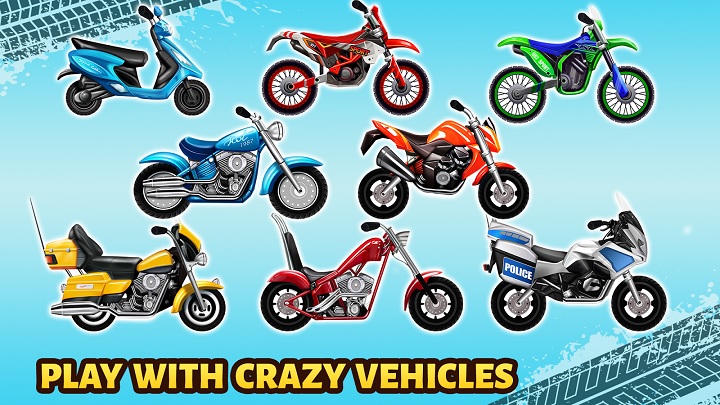
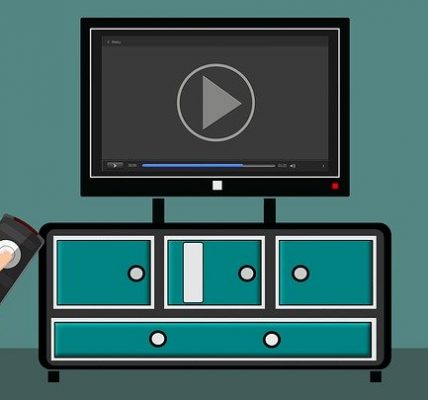
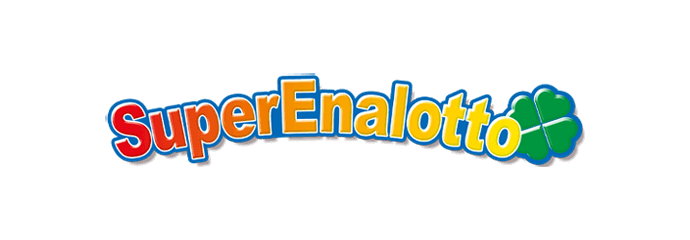
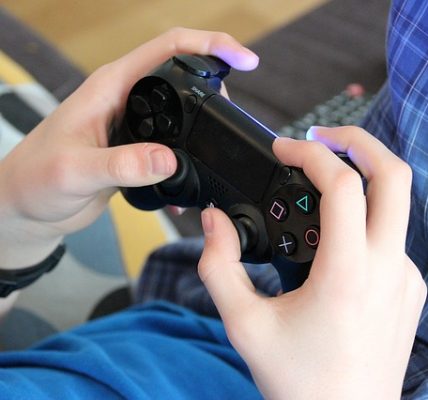





![Watch Video Now on xiaohongshu.com [以色列Elevatione perfectio X美容仪 perfectio X 全新仪器黑科技了解下]](https://www.techburgeon.com/wp-content/uploads/2019/07/perfectiox-singapore-150x150.jpg)
